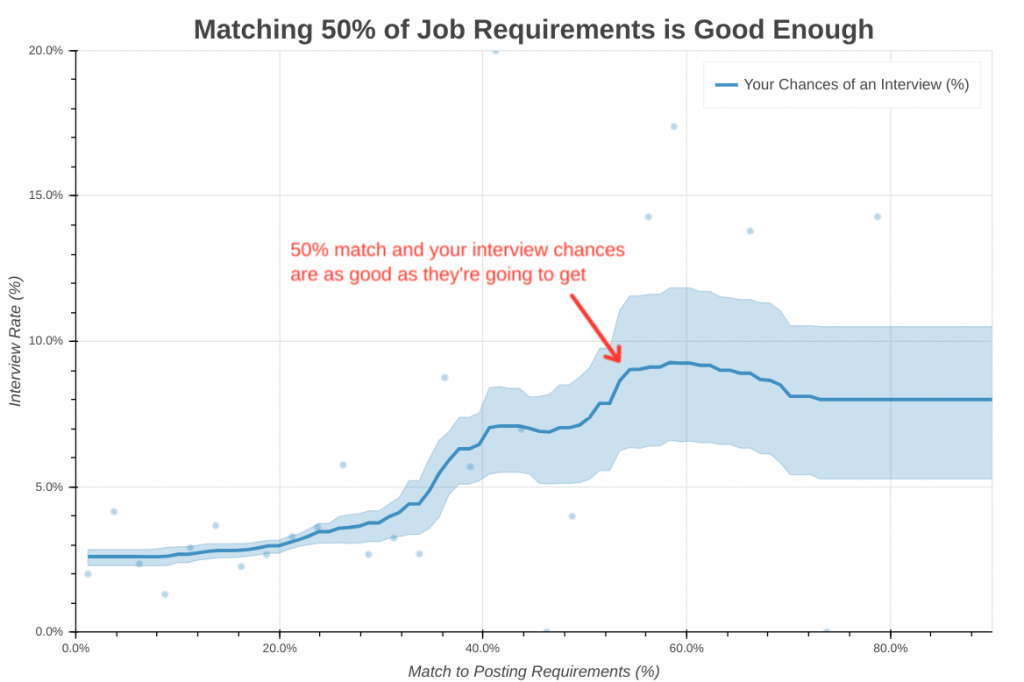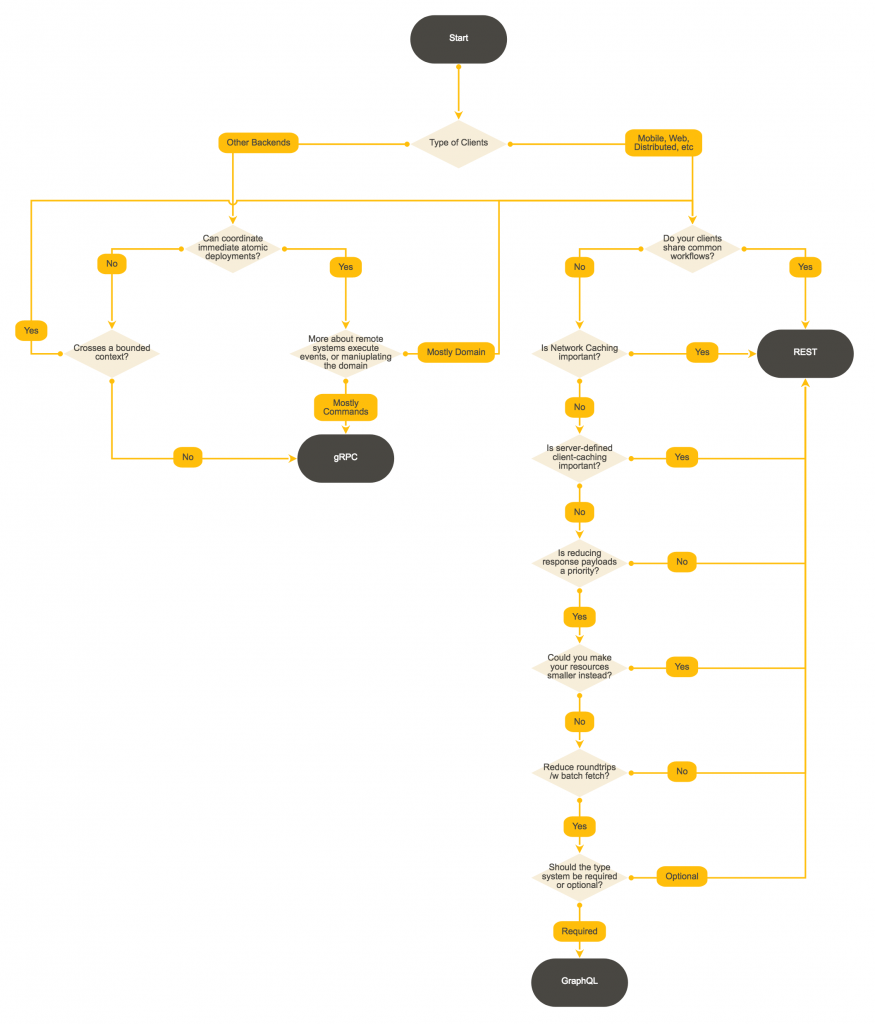
The Science of the Job Search, Part VII: You Only Need 50% of Job “Requirements” – is a nice article in the series, with a few interesting numbers. The one that stands out the most is:
You’re as likely to get a job interview meeting 50% of job requirements as meeting 90% of them.
This sounds about right. And it also explains how the recruiting is still around, with all those ridiculous requirements in every other vacancy.

